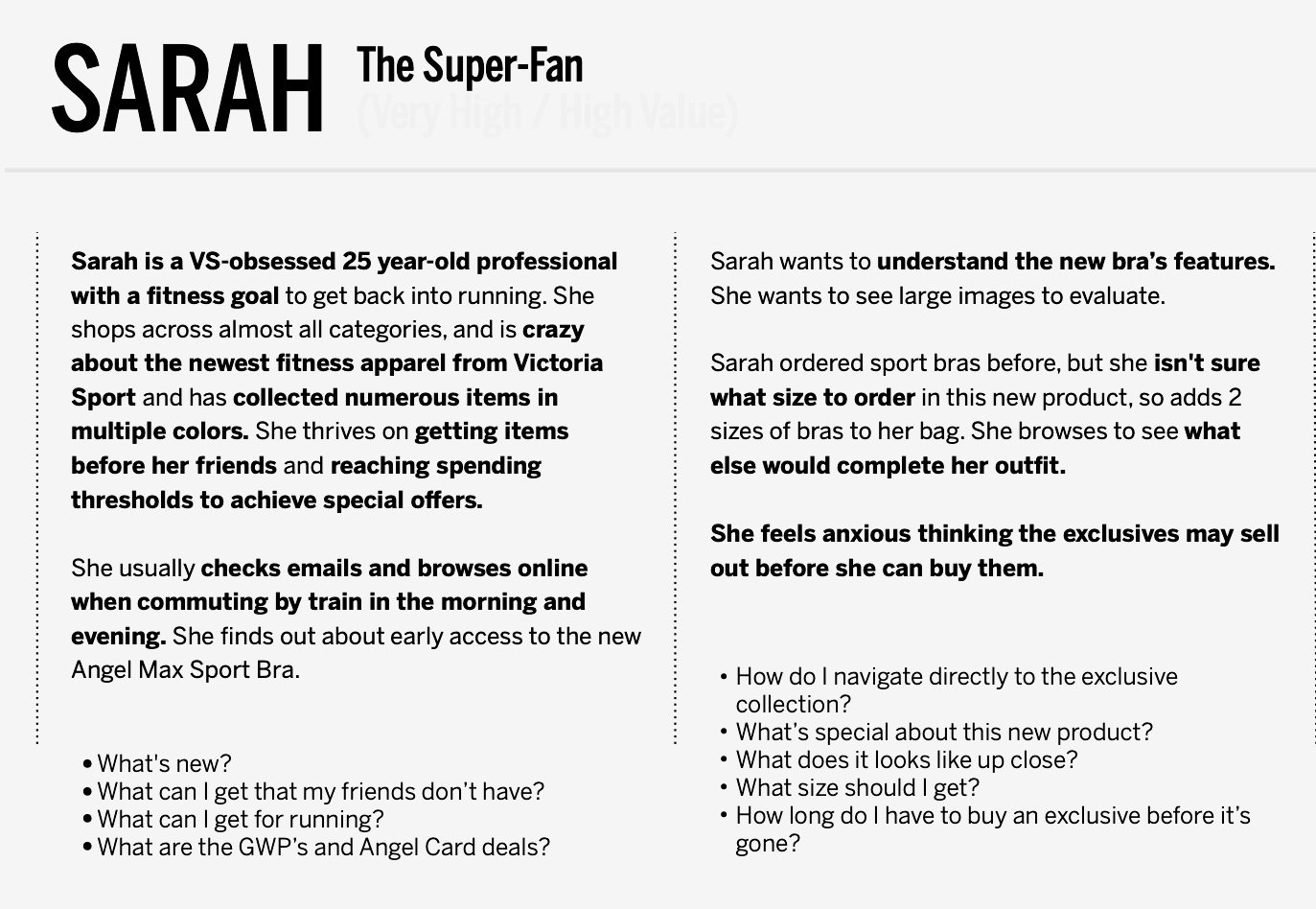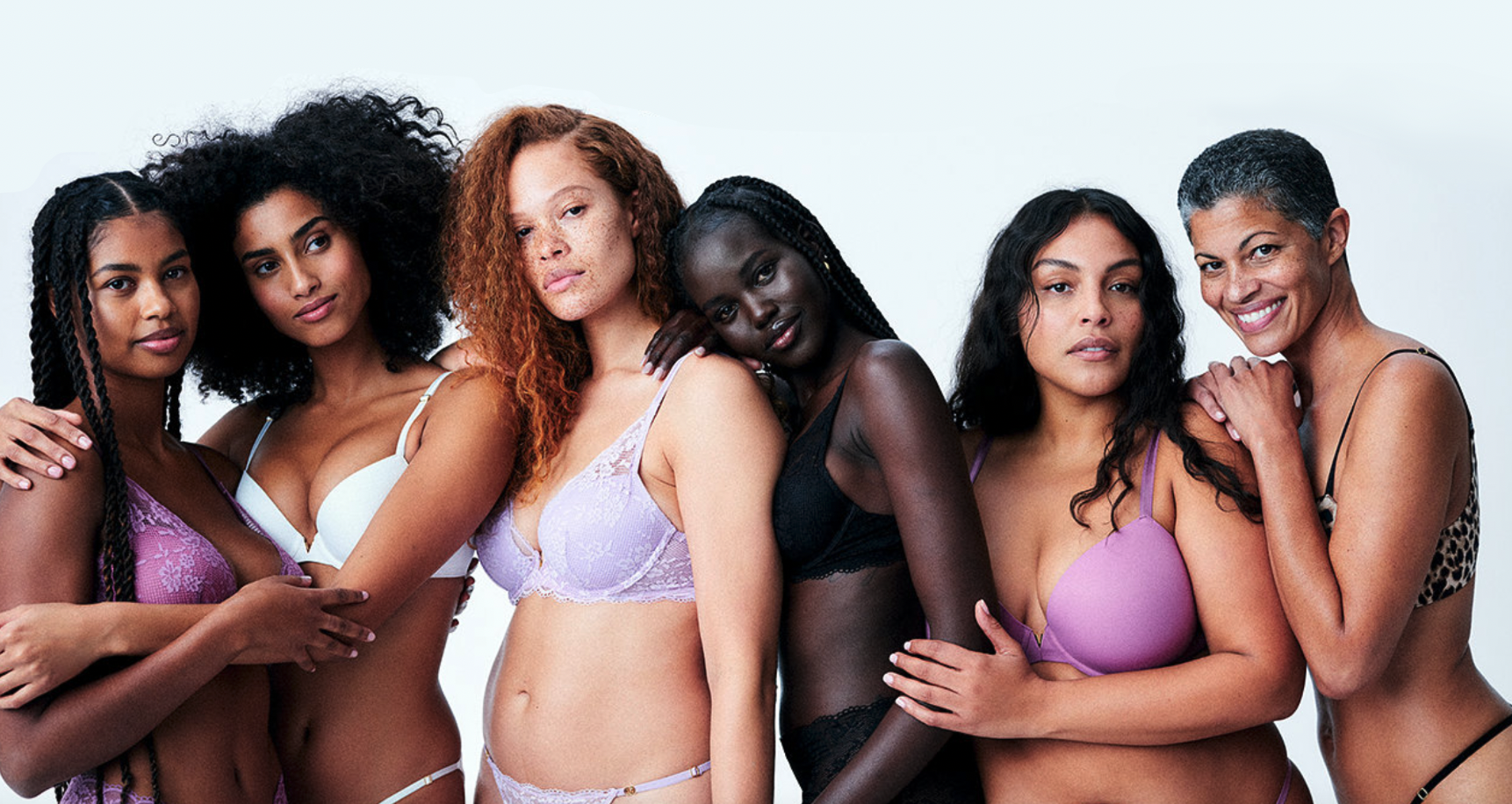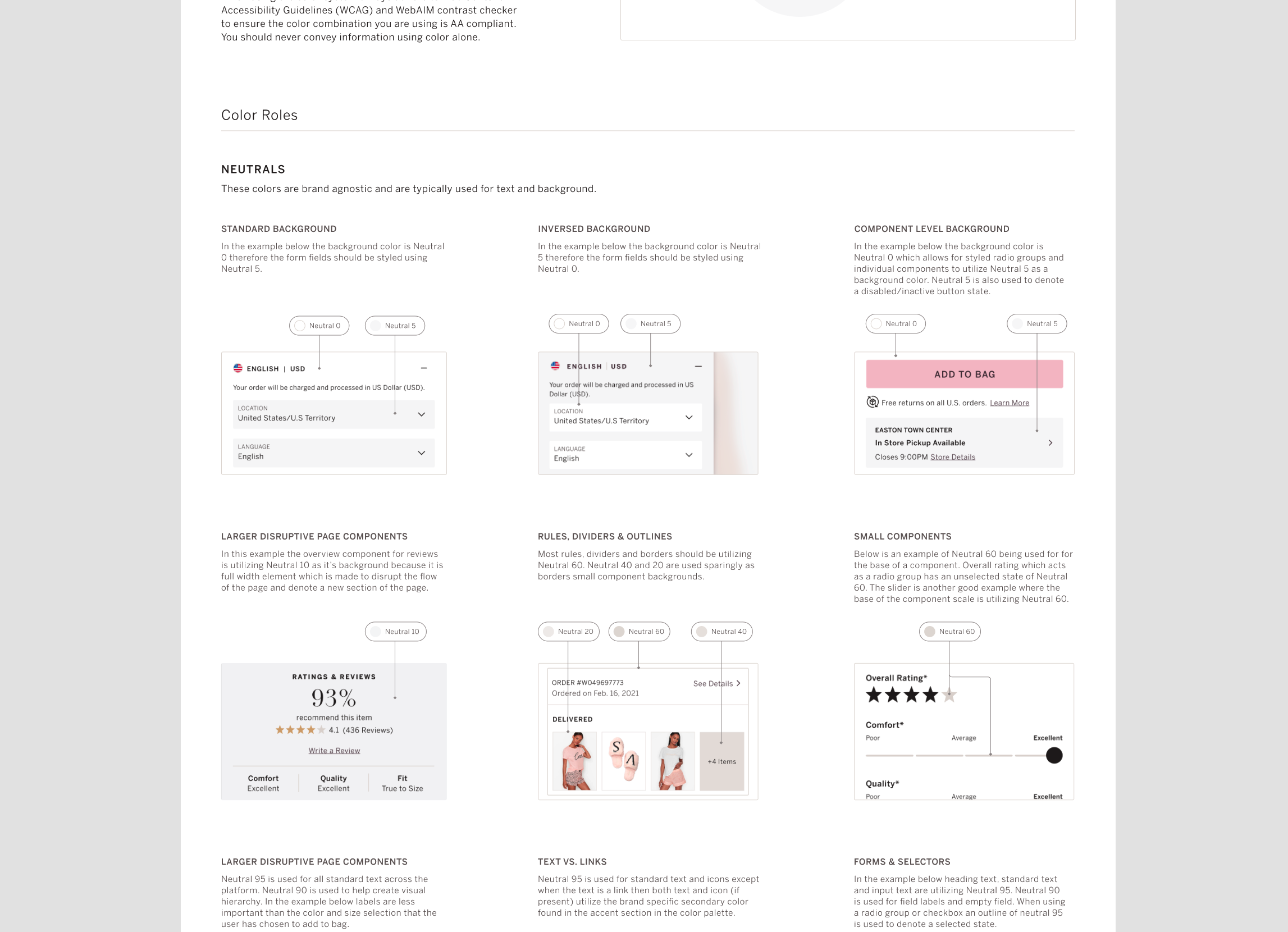Victoria’s Secret & Co
In my role as the Vice President of Digital Product Design and Operations for Victoria’s Secret & Co (formerly L Brands) I drove continuous improvements and new customer and merchandising capabilities for their $2.5B global e-Commerce platform and led over 30 associates spanning UX Design, UX Research, UX Strategy, Platform Operations and our product teams.
Each year we worked on a blend of continuous improvement initiatives to enhance the user experience of our core shopping products across web and app in concert with major projects conceived to bring new value to our customers and the business. The following are just a few examples of both types of work that I led during my tenure at VS&Co.
Brand (and UI) Reinvention.
The 2021 brand repositioning of Victoria’s Secret was the most significant in the history of the company. As part of the repositioning I was a sponsor of an initiative to update all of the user interface elements across our digital ecosystem. The intent was to shift from the dark, high-contrast hues of the old brand vocabulary and institute a new design system that embraced a softer, more feminine, modern and inclusive look and feel.



Realizing personalization at scale.
One of my key achievements at VS&Co was my spearheading of a customer-first investigation of the opportunities related to personalization. It occurred to me that we approached our overall customer experience in silos and did not harness available customer data—particularly from the mobile space—that would provide insights to create a strategic and highly personalized omnichannel shopping experience.
Until that time, we delivered a mostly-uniform customer experience in favor of business drivers (launches, offers, events) and based upon general segmentation, which did not directly absorb and respond to individual customer behavior or desires. We did not take advantage of a comprehensive record of an individual’s online and offline purchases, shopping patterns, or personal profile.
In order to understand the opportunity space (which was large and ambiguous), I directed my team to undertake a deep customer research initiative. The output was a set of journey maps that defined an inventory of possible touchpoints that could be personalized for an individual customer.




Based on the promise of our initial research, I co-led a year-long effort to create a Personalization North Star for the company.

The resulting personalization program generated $186M in incremental demand the first year of operation.
(In the background is one of many of the new personalized emails we now send to our customers.)
As the leader of the Victoria’s Secret UX team, I saw my role primarily as a mentor and coach. In the spirit of servant leadership, I leaned heavily on a core set of goals and principles that I evangelized and sought to intentionally over-communicate with my team and our partners.
UX Mission
Inspire confidence—in her experience, her purchase, and, ultimately, herself.
We achieve this by getting our customers as close as possible to the experience of actually trying on the product.
Create spaces—that uplift, empower, and educate her through human connection.
We continually invent ways to make e-commerce feel more human and meaningful.
UX Reality
Good ideas can come from anywhere.
Most ideas don’t work.*
The ideas most likely to work come from understanding our customers.
* Research has shown that approximately 70% of new ideas fail to achieve their goals.
UX Innovation
For UX, innovation often means making the shopping experience simpler, faster and more convenient.
Anything requiring customers to change their behaviors needs to be a 10x improvement, others it is likely to be ignored.
UX Non-negotiable
We always start with outcomes.
a few additional examples of the dozens of new capabilities my team designed and released:

Implemented Buy Online, Pickup In Store throughout our shopping experience and across our entire fleet of 700+ stores.

Display a diverse representation of models at our product details page so that our customers can "see themselves", feel included and more confident in their purchase.

Made it easier for our merchandisers to create deal-priced bundles and for customers to shop and purchase them.

Implementation of new payment options including Klarna, Venmo and Apple Pay to provide customers greater flexibility and ease of use.

Improved customer reviews: Enhanced the data points we capture while making it easier for customers to share their feedback related to product fit and attributes.

Eliminated customer friction by delivering a reward digitally (rather than a physical card) and seamlessly integrated the reward into checkout







